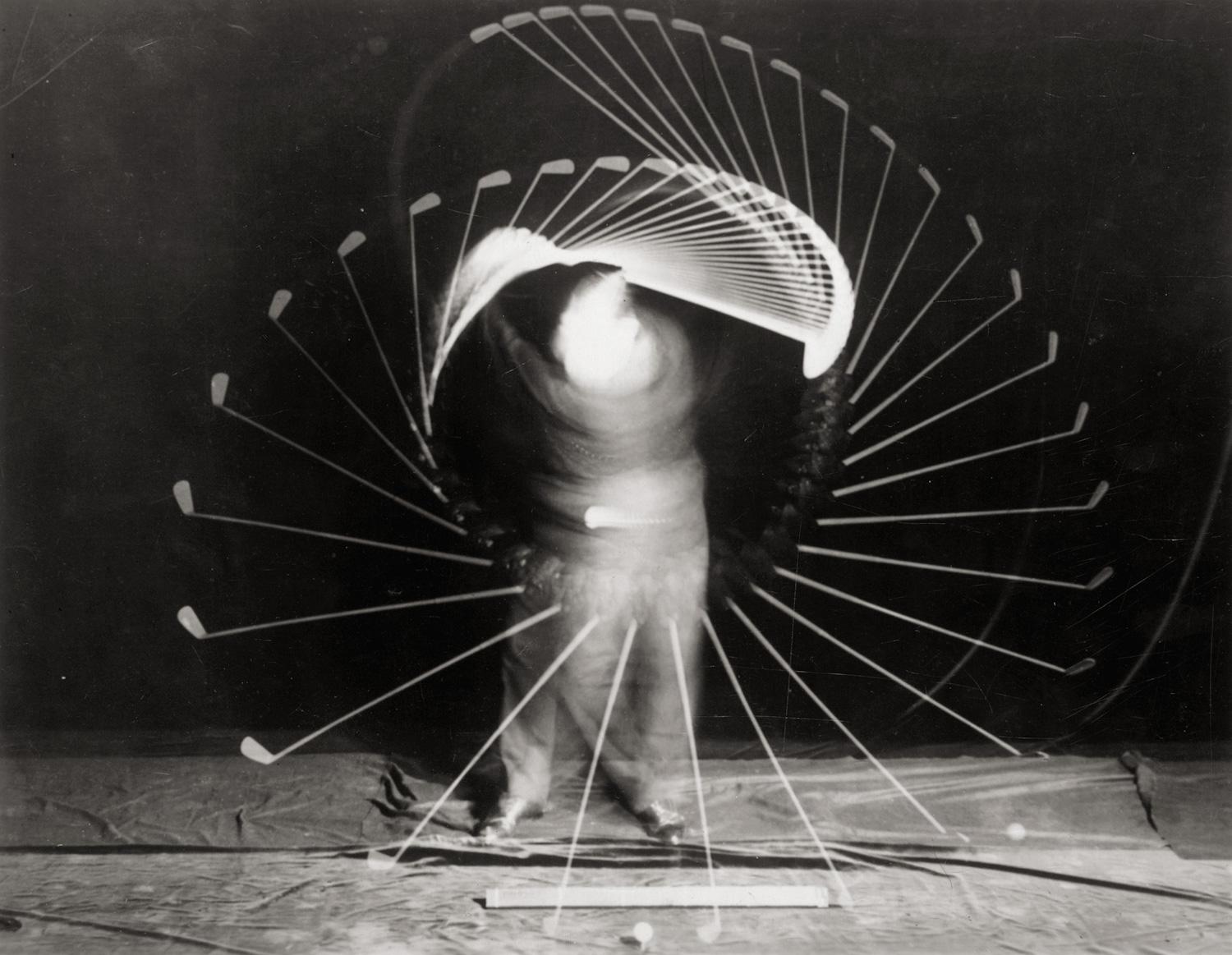Width in the backswing is important. Real important. All that means is preserving the space between your hands and your chest that you have at address when you swing the club back.
There are lots of videos on YouTube that say why this is a good thing. I have no disagreement.
What I do disagree with is how they tell you to get it. My way works just as well and is much easier to do.
Take the club back by pushing your right hand straight back with your left hand. Lefties, push your left hand with your right. A gentle push, not a muscular one.
That, combined with your turn, gets the club up there where you want it to be, and at the width that everyone tells you that you need to have.
This move also sets up the speed of your swing, makes the flow forward to the ball almost happen by itself, and best of all for many of us, creates a swing that is easy on your lower back (at least it is for me, and my lower back talks to me right away if my golf swing is abusing it).
Practice this a bit until you get it to work. I promise you that you will hit the ball better.

